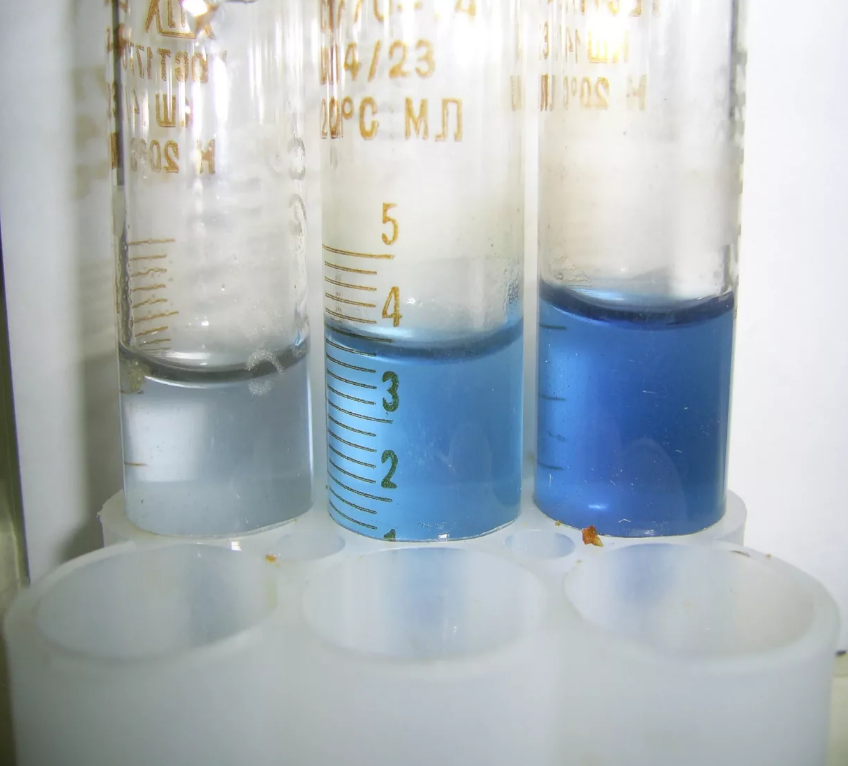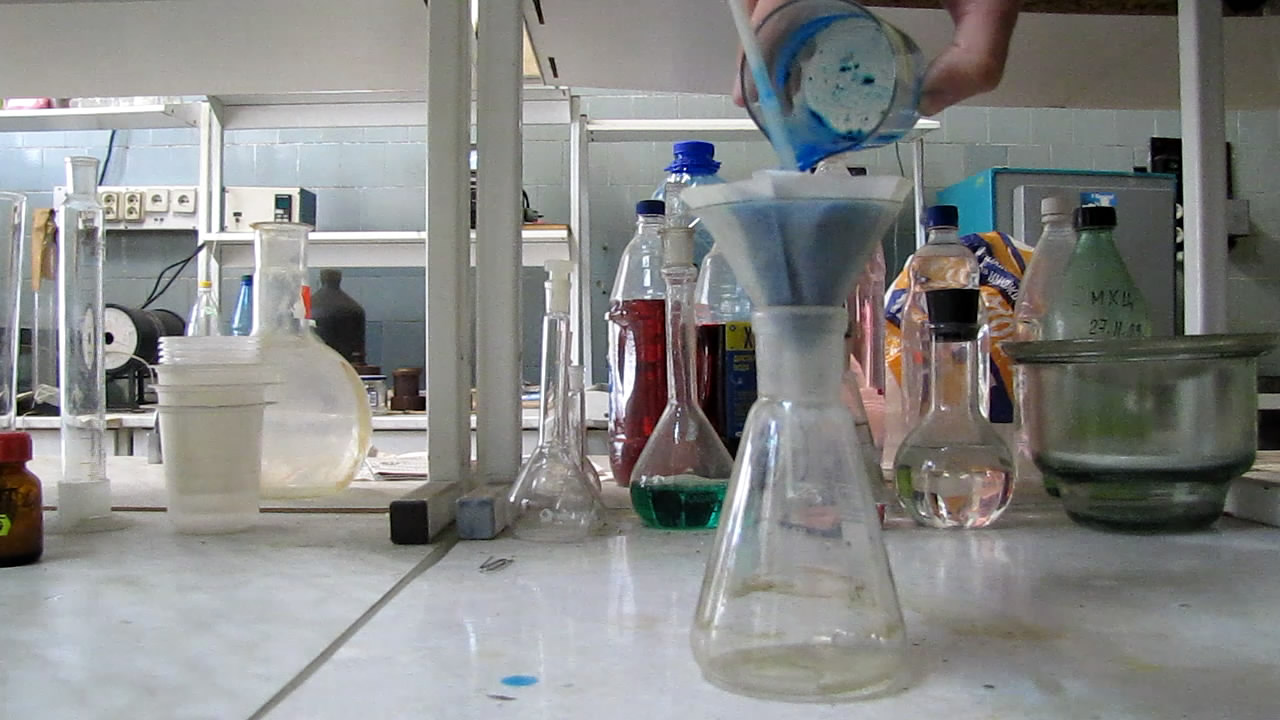Phosphorus is a common element in surface water or various wastewaters. Under normal circumstances, the content of natural water is relatively small. It mainly exists in various industrial wastewater and domestic wastewater in the form of phosphate. The phosphorus in these waters comes from fertilizers, smelting, and the use of detergents. Although the growth of plants is inseparable from phosphorus, too much phosphorus in the water will cause eutrophication of the water body, making algae and other plants skyrocket, thereby reducing water quality and its own purification ability. Therefore, the detection of phosphorus content in the water can also further determine the pollution of the water quality. Phosphates in water can be roughly divided into soluble and insoluble. Today we are going to talk about how to use stannous chloride to detect soluble phosphate in water.

Under acidic conditions, soluble phosphate will react with ammonium molybdate to form phosphomolybdenum heteropolyacid, which will be converted into a blue complex molybdenum blue after adding a certain amount of stannous chloride. Within a certain range, the color depth of the water sample after the reaction is proportional to the phosphorus content.
1. Ammonium molybdate solution
Weigh 8.25g of ammonium molybdate and dissolve it in about 75mL of laboratory ultrapure water, and take another 100mL of concentrated sulfuric acid and slowly pour it into 300mL of laboratory ultrapure water. After the sulfuric acid solution is cooled, inject the ammonium molybdate solution into the sulfuric acid solution with stirring, add laboratory ultrapure water to 500mL, and store it in a polyethylene bottle. If it is turbid or discolored, it should be reconstituted.
2. Stannous chloride glycerin solution
Weigh 2.5g of stannous chloride and dissolve it in 100mL of glycerin, dissolve it in a heated laboratory ultrapure water bath, shake it well and store it in a brown bottle, which can be stored and used for a long time.
3. Phosphate stock solution
The potassium dihydrogen phosphate was dried at 110°C for 2h, and then placed to cool in a desiccator. Weigh (0.2195±0.0002)g dissolved in laboratory ultrapure water and transfer it into a 1000mL volumetric flask. Add 5mL of (1+1) sulfuric acid and dilute to the mark with laboratory ultrapure water. This solution contains 50ug phosphorus per milliliter (in terms of phosphorus).
4. Phosphate standard solution
Draw 10mL phosphate stock solution in a 250mL volumetric flask and dilute to the mark with laboratory ultrapure water. This solution contains 2ug phosphorus per milliliter. Now equipped before use.
5. Spectrophotometer
6. Colorimetric tube 50mL

Water samples should be filtered with quantitative filter paper or 0.45um filter membrane immediately after collection, and testing should be performed immediately after collection. If there is no way to test immediately, it should be stored in a low temperature environment of 2℃-5℃ for no more than 24 hours.
1. Take an appropriate amount of filtered water as a sample (so that the phosphorus content is not more than 30ug) in a colorimetric tube, and dilute with water to the mark.
2. Add 5 mL of ammonium molybdate solution to the colorimetric tube, shake gently, then add 0.25 mL of stannous chloride glycerin solution, and mix well.
3. After 15min at room temperature, use a 20mm cuvette at 700nm wavelength, with deionized water as a reference, measure the absorbance, and subtract the absorbance of the blank test from the measured absorbance.

Take several 50mL colorimetric tubes with plugs, add phosphate standard solution 0mL, 0.50mL, 1.00mL, 3.00mL, 5.00mL, 10.00mL, 15.00mL, add water to the 50mL mark, and follow the detection operation. The absorbance obtained after deducting the blank of the above series of standard solutions is the ordinate, and the mass of phosphate is the abscissa to draw the working curve.
Finally, take 50mL laboratory pure water and operate according to the detection procedure. Use the obtained absorbance to find the blank value from the working curve. The content of soluble phosphate in the water sample is calculated by the corresponding formula.
The presence of other ions in the water sample may affect the phosphate content. For example, if the chloride ion content in the water sample reaches 0.15% or more, the color of the water sample will be weakened. However, when the sulfate ion is above 1%, the color of the water sample will increase. When the content of ferric ion in the water sample reaches 40mg/L, its oxidation will affect the color development. If the content of copper ion is greater than 1mg/L, it will cause a negative deviation, while the content of manganate and hexavalent chromium ions in the water sample is higher. It will also affect the color development of molybdenum blue when it is high. For these interferences, you can add an appropriate amount of sodium sulfite to the water sample to reduce it, and then boil the water sample to remove the remaining sulfite ion.
The above method is derived from 《CJ/T 51-2018 Urban Sewage Water Quality Standard Inspection Method》Determination of soluble phosphate-stannous chloride spectrophotometric method.
最新动态
相关推荐